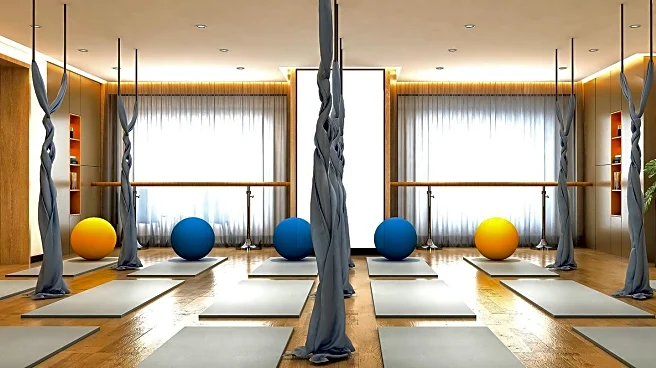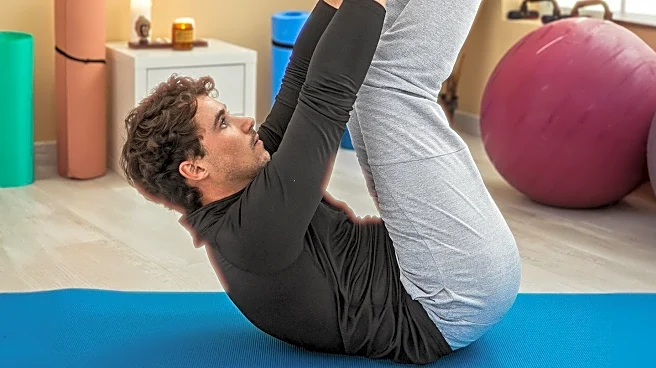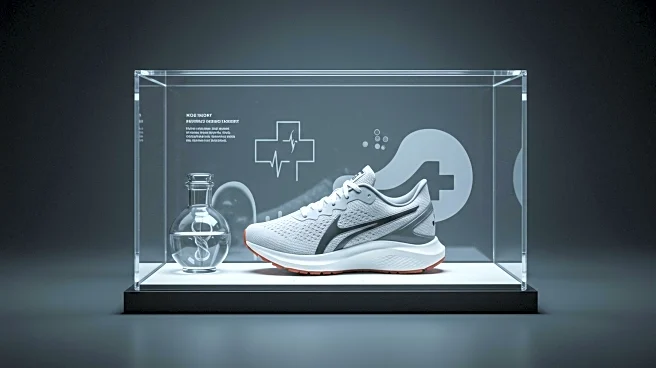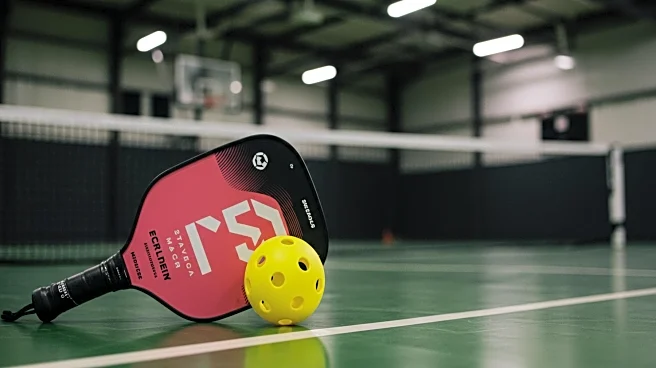What is the story about?
What's Happening?
Pilates is increasingly recognized for its effectiveness in reducing chronic low back pain and improving balance, particularly among older adults. A large network meta-analysis published in the Journal of Orthopaedic & Sports Physical Therapy (JOSPT) evaluated 118 trials involving 9,710 participants, ranking Pilates as one of the most effective exercise options for alleviating pain and disability associated with chronic low back pain. The analysis highlighted Pilates' ability to enhance core muscle activation, specifically targeting muscles responsible for spinal stabilization. Additionally, a 2024 analysis indicated that Pilates improves both static and dynamic balance, which is crucial for assessing fall risk in older adults. Despite moderate certainty in the evidence, Pilates shows promise as a beneficial exercise for healthy aging.
Why It's Important?
The growing recognition of Pilates as an effective exercise for managing chronic low back pain and improving balance has significant implications for public health, particularly for older adults. As the population ages, exercises that enhance balance and reduce pain are vital for maintaining independence and reducing healthcare costs associated with falls and chronic pain management. Pilates' focus on core stabilization and balance improvement aligns with the needs of older adults, potentially reducing fall risk and enhancing quality of life. The increased adoption of Pilates could lead to broader acceptance in healthcare and fitness industries, promoting its integration into rehabilitation programs and fitness routines.
What's Next?
As Pilates gains recognition for its health benefits, it is likely to see increased adoption in fitness and rehabilitation settings. Healthcare providers may begin recommending Pilates as part of treatment plans for patients with chronic low back pain and balance issues. Fitness studios and instructors might expand their offerings to include more Pilates classes, catering to the growing demand. Further research is expected to continue exploring the benefits of Pilates, potentially leading to more high-quality trials that confirm its effectiveness in reducing fall numbers and enhancing overall health outcomes.
Beyond the Headlines
The rise of Pilates as a mainstream exercise option could influence cultural perceptions of fitness, emphasizing the importance of core strength and balance over high-intensity workouts. This shift may encourage a broader demographic to engage in Pilates, including those who previously viewed it as a niche activity. Additionally, the integration of technology in Pilates studios could enhance the experience, making it more accessible and appealing to tech-savvy individuals.
AI Generated Content
Do you find this article useful?











